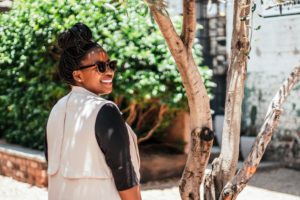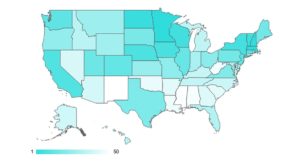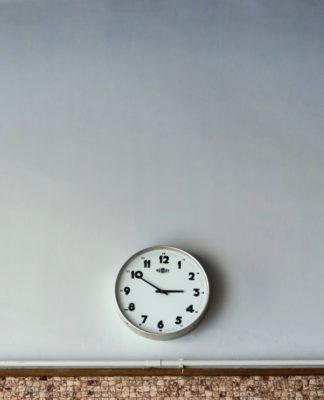
If you are a woman living in Minnesota, join me in celebrating. In fact, this is something all Minnesotans should celebrate: While Minnesota has made Top Ten lists many times over – The Best State to Live, Best Place for Millennials, Most Bike Friendly – now we can officially add another accolade to our many list-ranking achievements.
Minnesota is now officially the best state for women to live in. Congratulations, people!
In honor of National Women’s History Month, WalletHub conducted a study to discover which of the 50 states, as well as the District of Columbia, is the best place for women to live. To identify the best and worst states, WalletHub used two determining factors: the quality of “Women’s Economic and Social Well-Being” and “Women’s Health and Safety.”
They calculated the “economic and social well-being” and “health and safety” by looking at data from 23 different ‘standard of living’ indicators ranging from “percentage of women in poverty” and “percentage of women-owned businesses” to the “female homicide rate” and “median earnings for female workers.”
And after compiling and sorting through the data, Minnesota came out on top ranking #1 for “Women’s Economic and Social Well-Being” and ranked #3 for “Women’s Health and Safety.”

Minnesota also ranked #2 in ‘Highest Median Earnings for Female Workers’, #4 in ‘Highest High School Graduation Rate for Women’, and #5 for ‘Lowest Percentage of Women in Poverty.’
If you take a wider look at the rest of the country, the midwest fared pretty well with North Dakota ranking #4 and Wisconsin ranking #5. The worst states for women, however, were primarily southern Red states with Arkansas ranking at #50 and Louisiana ranking last. Indeed, the study saw a stark division between Blue and Red states with Blue states being far more women-friendly.
Map below shows states in the darker turquoise are more women-friendly.

If you are in the midst of relocating, Elizabeth S. Smith, Professor and Chair of the Department of Politics and International Affairs at Furman University, advises that before you move, it is important to consider factors such as, “the wage gap, the education gap, the health gap, [and] the political representation gap between men and women in a state. The smaller the gap, the better a state for all.”
So while it is possible we might see more ladies packing their bags for Minnesota, that’s probably not the most practical solution for the majority of women. If anything, this study shows us that we still have a lot of work left to do for women’s equality across the U.S.
One of the ways to continue down the path towards equality and a better quality of life for all, is for women to get involved in policy and run for elected offices. Currently, women make up 51% of the U.S. population but only represent 22% of the Senate and 19.3% of the House of Representatives. Not great.
Darcie Rives-East, Associate Professor and Chair of the English and Journalism Department at Augustana University stresses, “We cannot change anything by being passive — we must get involved in government ourselves if we want to make our situation as women better. Further, women need financial and emotional support to seek election. I am witnessing such support through social media, which enables a grassroots movement to contribute funding, volunteer time, and enthusiasm to women’s campaigns.”
While we still have a ways to go for women, congrats to Minnesota for leading the way and being an awesome place to live (and, frankly, it’s finally nice to be known for something other than our weather).
















